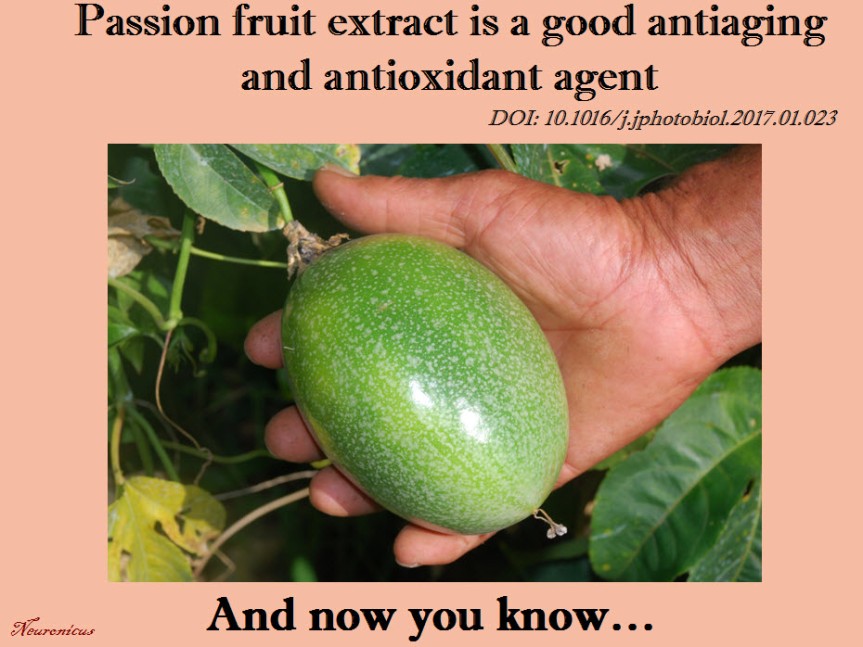Ultraviolet irradiation exposure from our sun accelerates the skin aging, process called photoaging. It can even cause skin cancers. There has been some considerable research on how our beloved sun does that.
For example, one way the UV radiation leads to skin damage is by promoting the production of free radicals as reactive oxygen species (ROS), which do many bad things, like direct DNA damage. Another bad thing done by ROS is the upregulation of the mitogen-activated protein kinase (MAPK) signaling pathway which activates all sorts of transcription factors which, in turn, produce proteins that lead to collagen degradation and voilà, aged skin. I know I lost some of you at the MAPK point; you can think of MAPK as a massive proteinaceous hub, a multi-button console with many inputs and outputs. A very sensitive and incredibly complex hub that controls nearly all important aspects of cell function, with many feedback loops, so if you mess with it, cell Armageddon may be happening. Or nothing at all. It’s that complex.
But I digress. What MAPK is doing is less relevant for the paper I am introducing to you today than the fact that we have physiological markers for skin aging due to UV. Bravo et al. (2017) cultured human skin cells in a Petri dish, treated them with various concentrations of an extract of passion fruit (Passiflora tarminiana) and then bombarded them with UV (the B type, 280–315 nm). The authors made the extract themselves, is not something you just buy (yet).
The UV produced the expected damage, translated as increased matrix mettoproteinase-1 (MMP-1), collagenase, and ROS production and decreased procollagen. Pretreatment with passion fruit extract significantly mitigated these UV effects in a dose-dependant manner. The concentration of their concoction that worked best was 10 μg/mL. Then the authors did some more chemistry to figure out what in their concoction is responsible, or at least probably responsible, for the observed wonderful effects. The authors believe the procyianidins and flavonoids are the culprits because 1) they have been proven to be strong antioxidants before and 2) this plant has them in very high amounts.
Good news then for the antiaging cosmetics industry. Perhaps even for dermatologists and their patients.

Reference: Bravo K, Duque L, Ferreres F, Moreno DA, & Osorio E. (EPUB ahead of print: 3 Feb 2017). Passiflora tarminiana fruits reduce UVB-induced photoaging in human skin fibroblasts. Journal of Photochemistry and Photobiology, 168: 78-88. PMID: 28189068, DOI: 10.1016/j.jphotobiol.2017.01.023. ARTICLE
By Neuronicus, 13 February 2017

